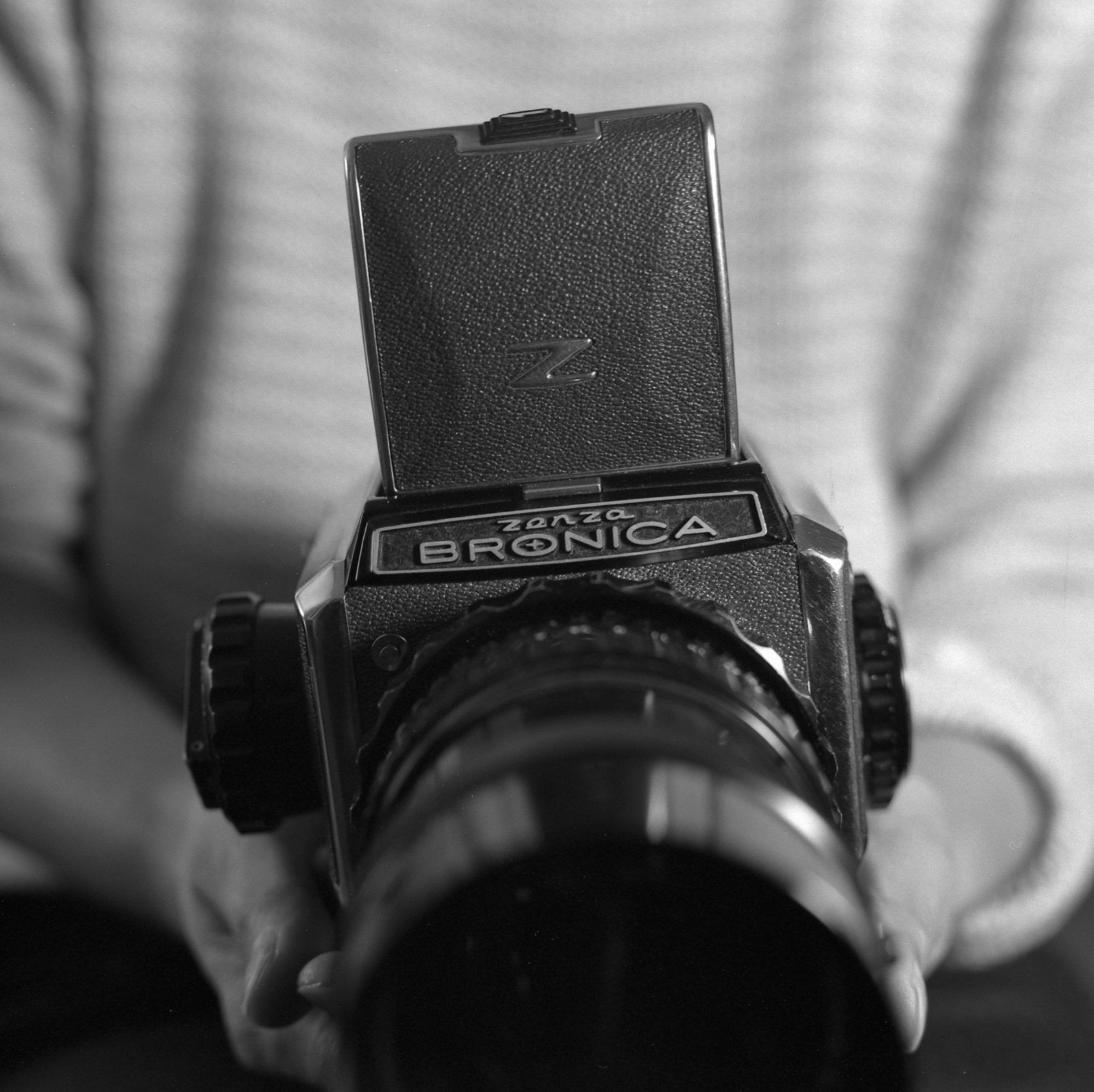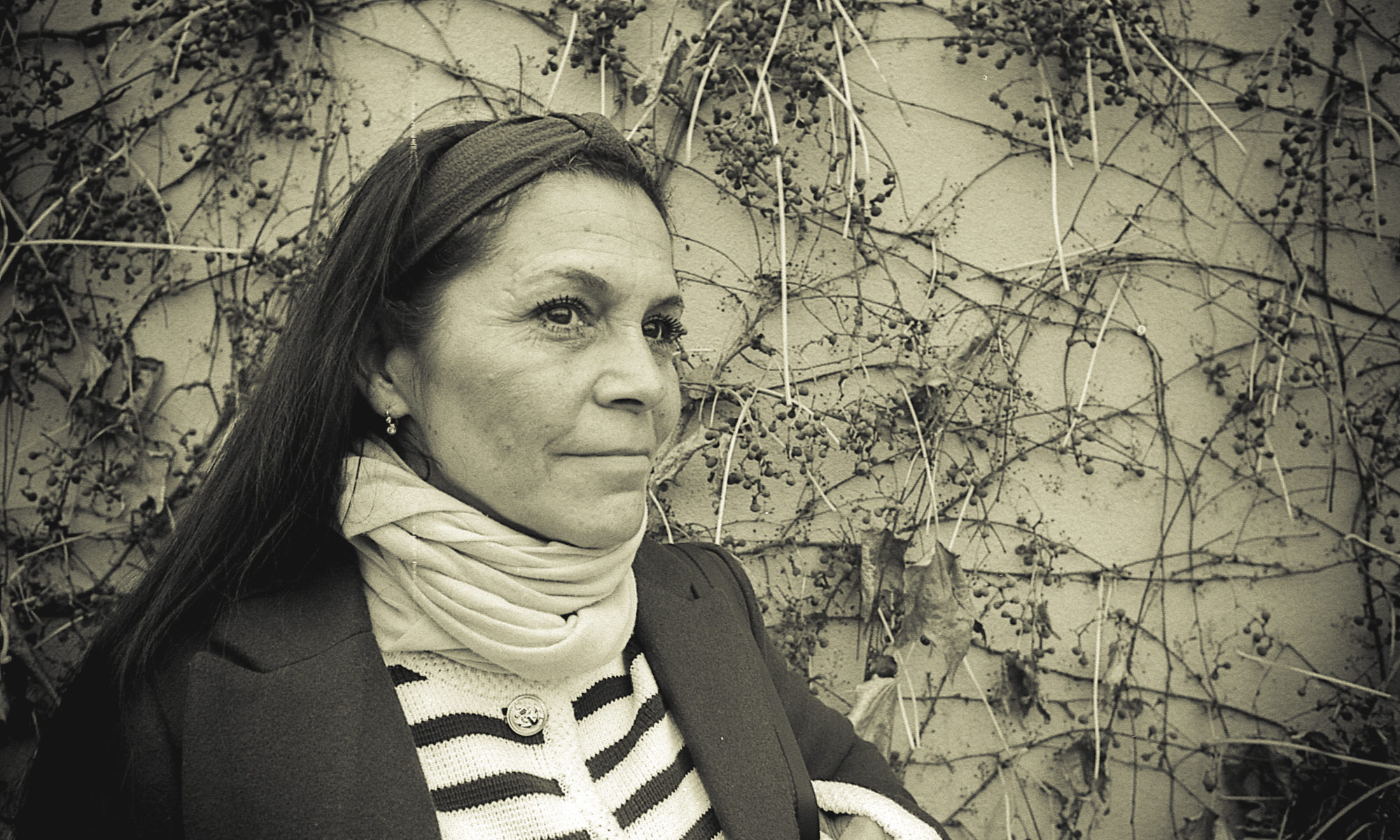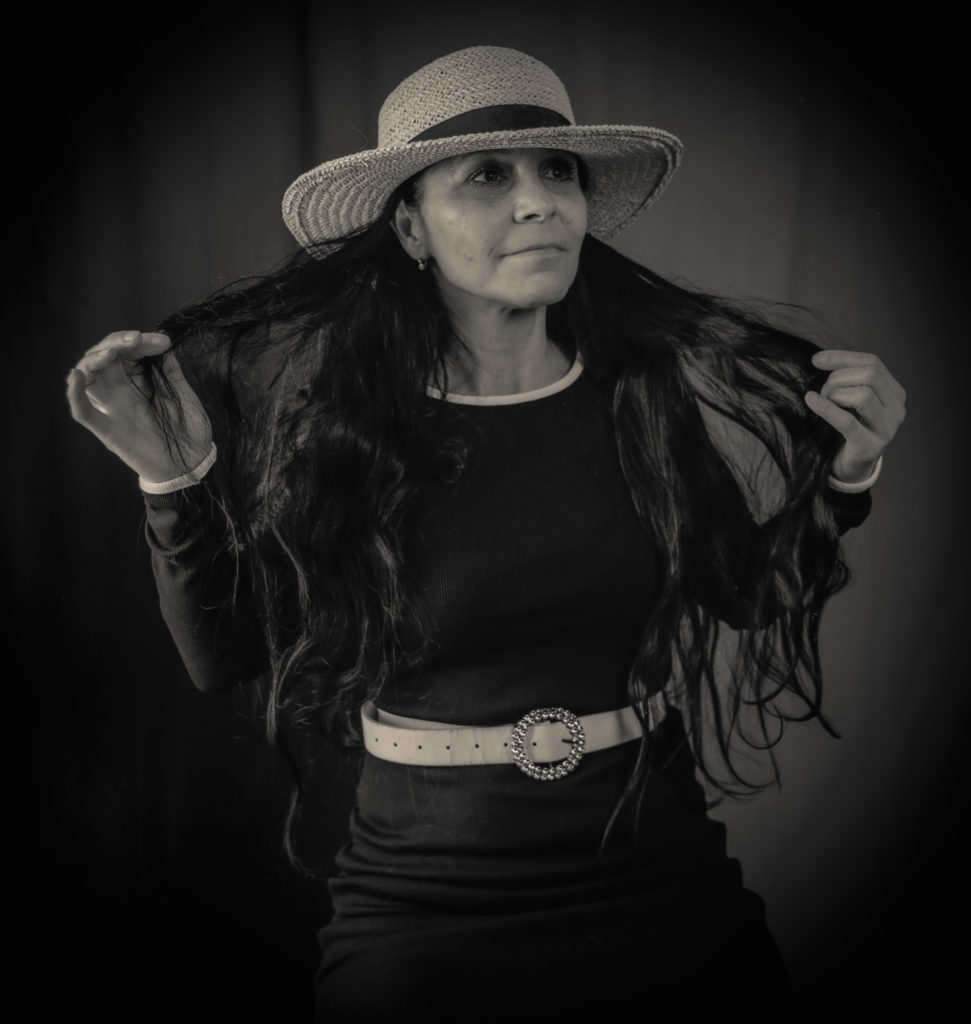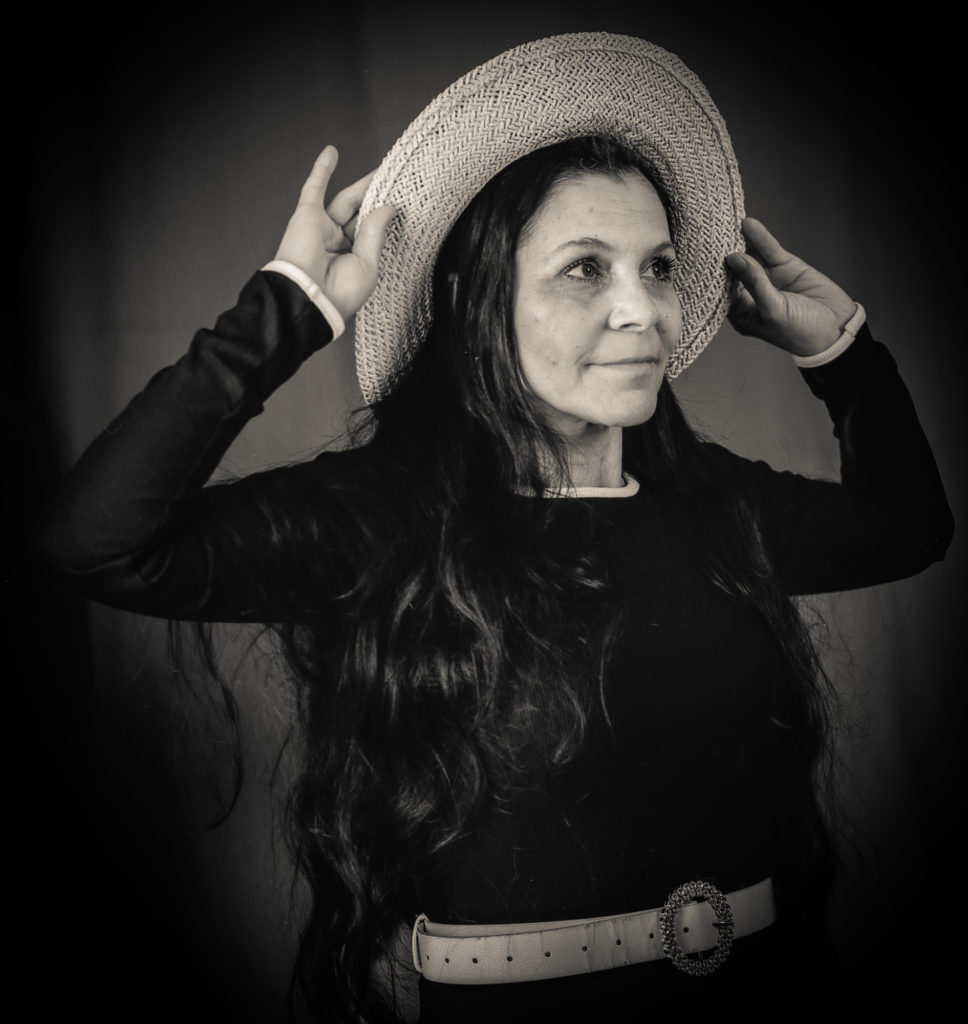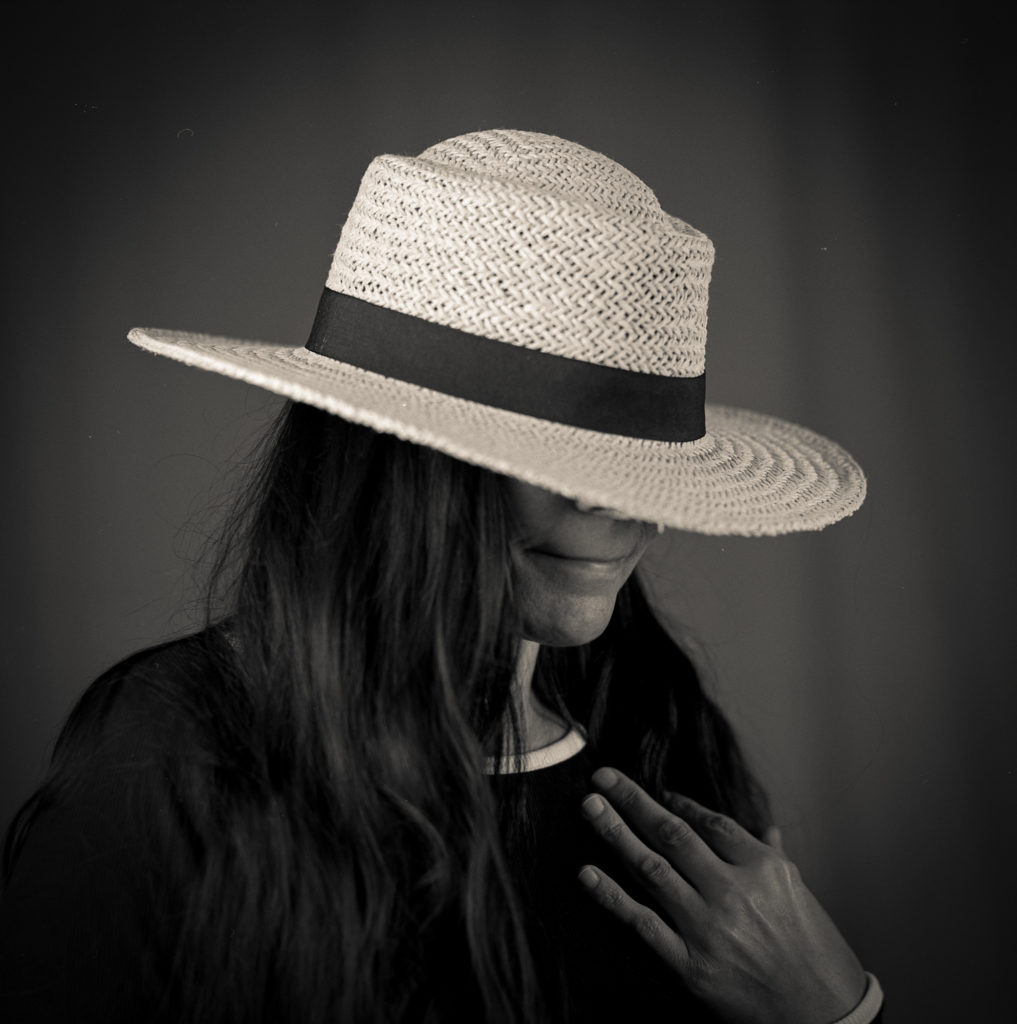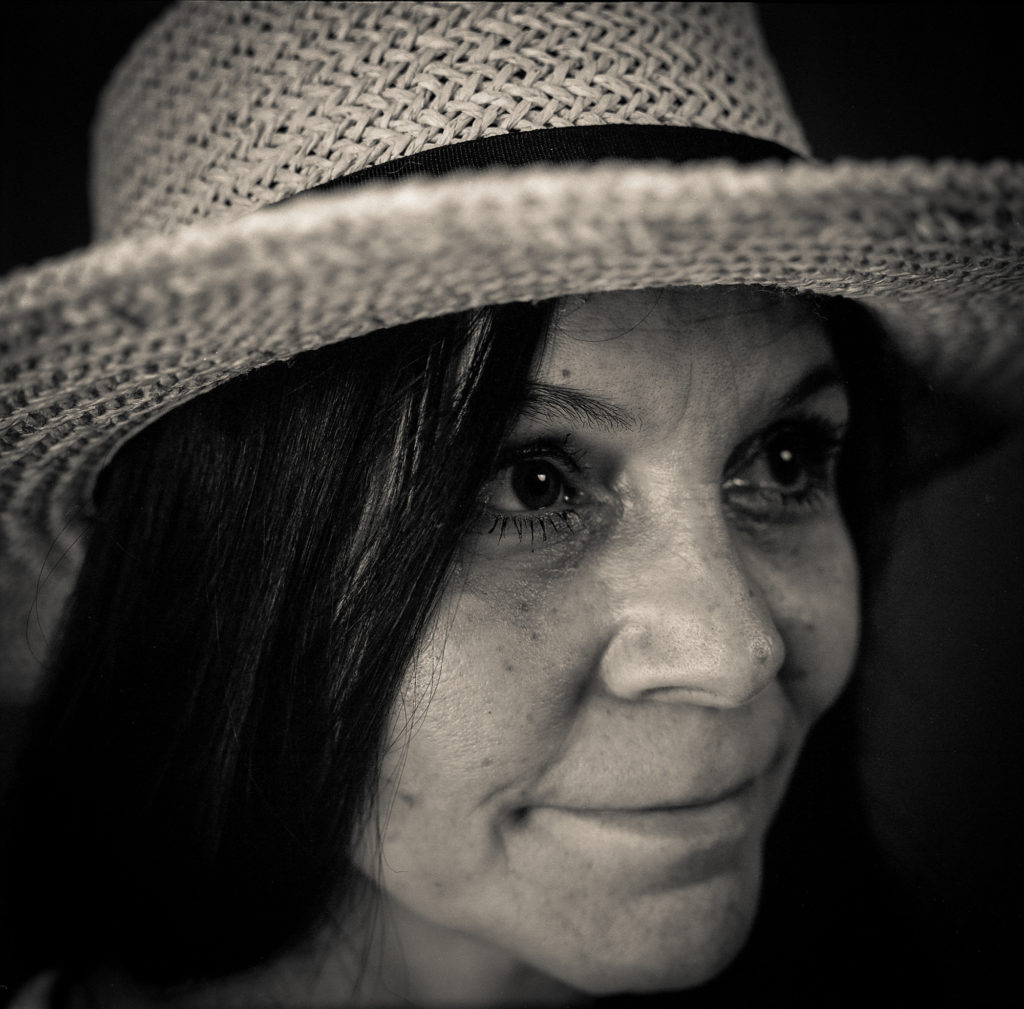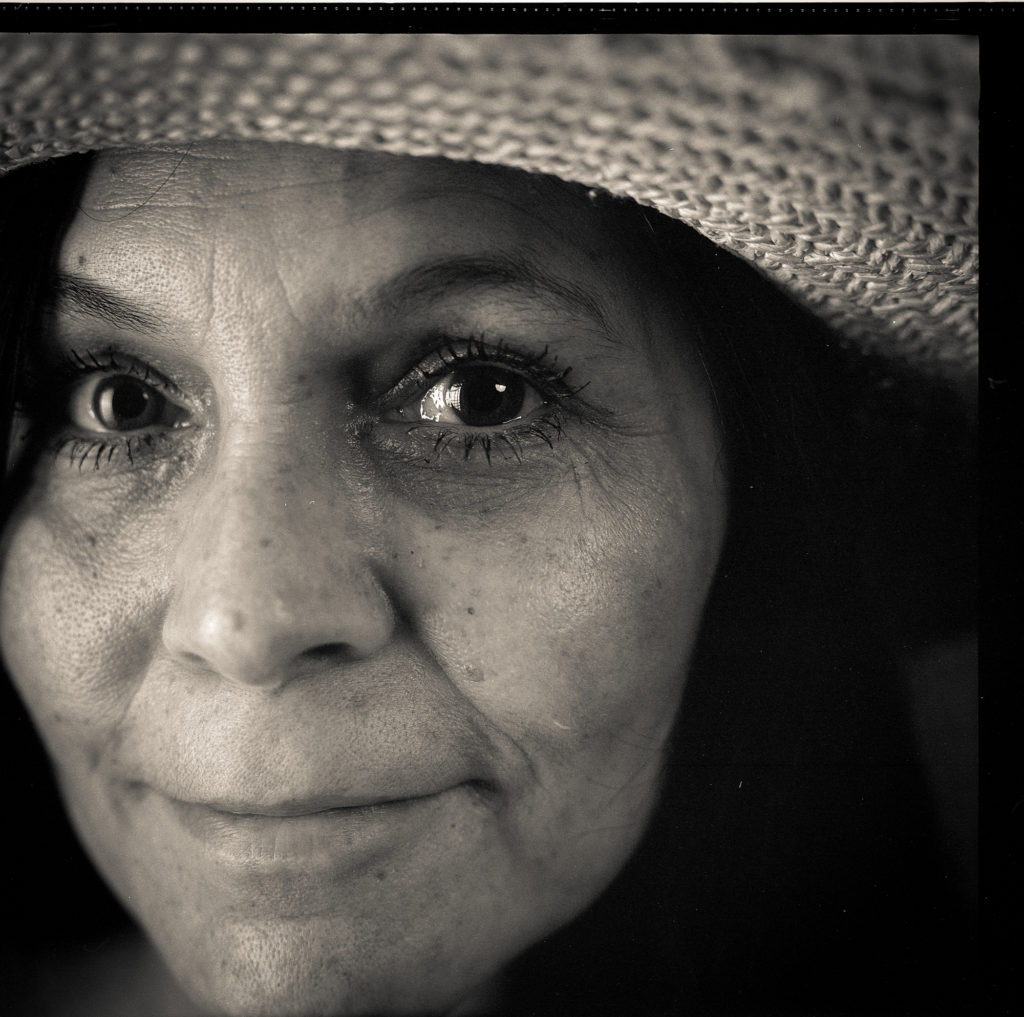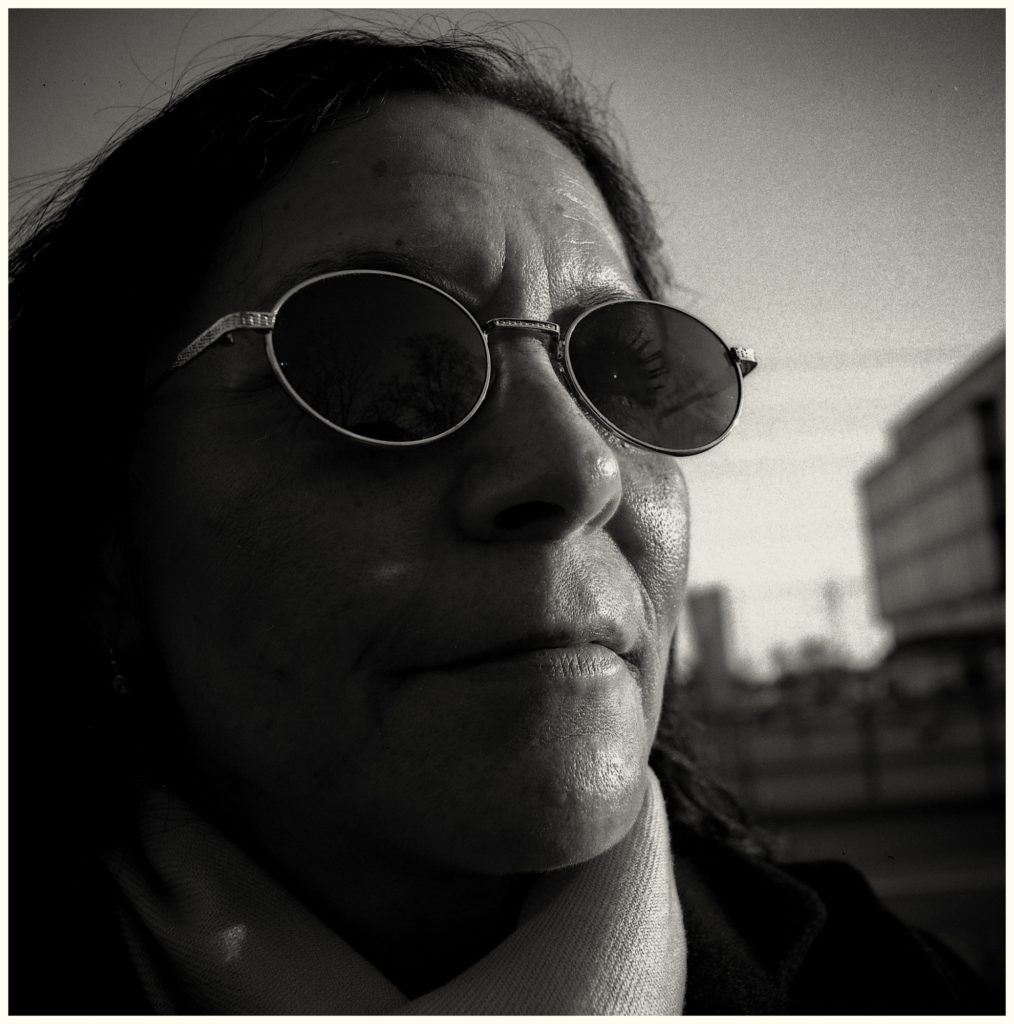Last month, I celebrated my 26th wedding anniversary with my beloved wife. She still looks as beautiful as ever 💖😉
- Bronica S2 + Nikkor O f 2.8/50 mm + YF
- PSix TL + CZ Zebra f2.8/80mm+CZ Sonar MC f2.8/180mm(+ext.tube)
- Nikon F4 + Nikkor f1.4/35mm
- Kodak TMY-2 + Ansco 130 & Ilford PAN F Plus + DK20 & Kodak 5222 + Crawley FX55 + Acros 100 II + Diafine
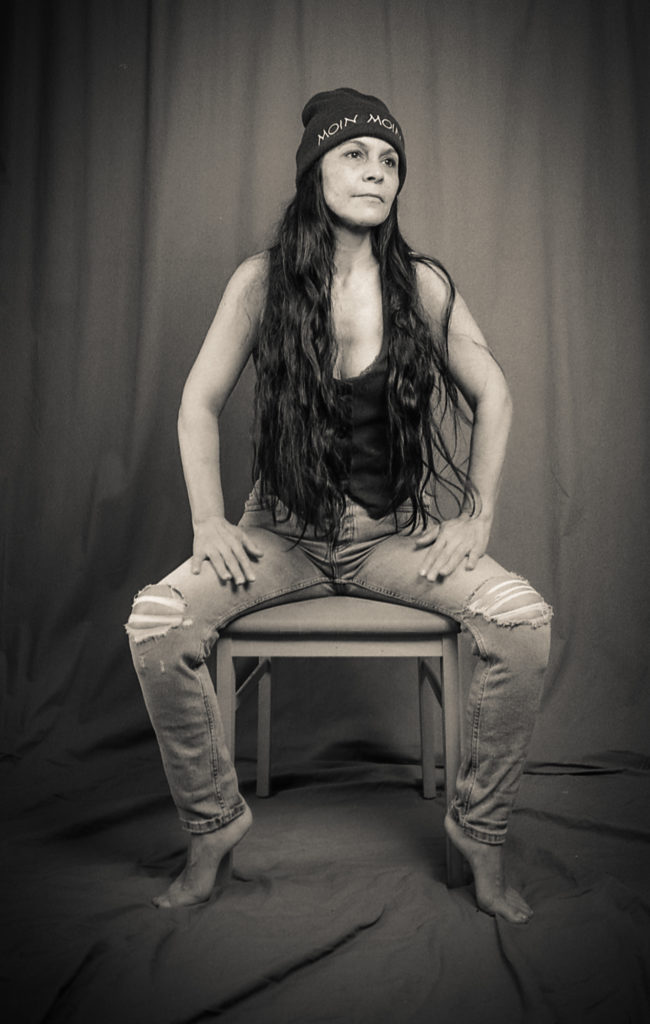
My first encounter with Crawley’s FX-55 went about as well as a blind date in the fog.
I completely messed up the initial test. For the second attempt, I had to substitute polyethylene glycol with polypropylene glycol — because, as it turns out, my darkroom fridge contained only one thing: PPG. Just PPG.
No milk. No leftovers. Not even a trace of anything remotely commercial.
(Don’t worry — we do have fridges with food, too 😉)
Just a half-solid bottle of polypropylene glycol 3000, staring at me like, “you really thought this would be easy?”
In the cold of the darkroom, it began to thicken like week-old soup, so I tried to tame it with a bit of triethanolamine. It worked — sort of — but of course it nudged the pH off course like a drunk sailor on a narrow pier.
And naturally, everyone who knows me knows one thing for sure:
I don’t buy commercial chemistry. I mix everything myself.
From scratch. By instinct. Sometimes with success. Sometimes with fire.
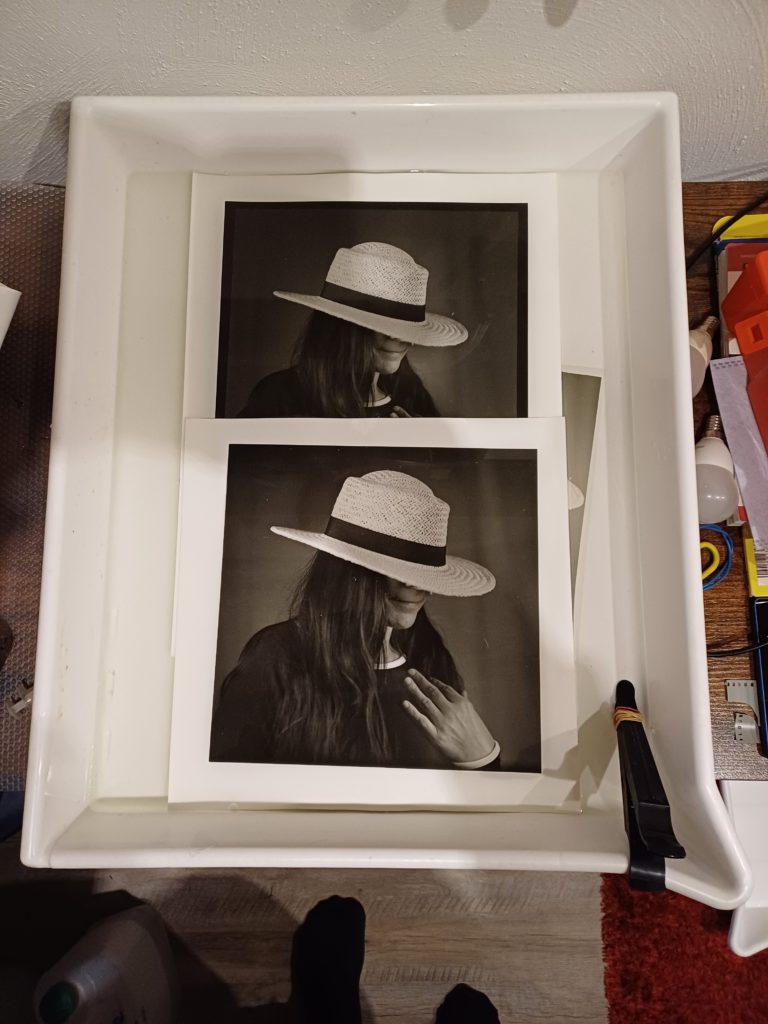
All photos are my own and copyrighted. Their use is prohibited without my written consent. MIC©
